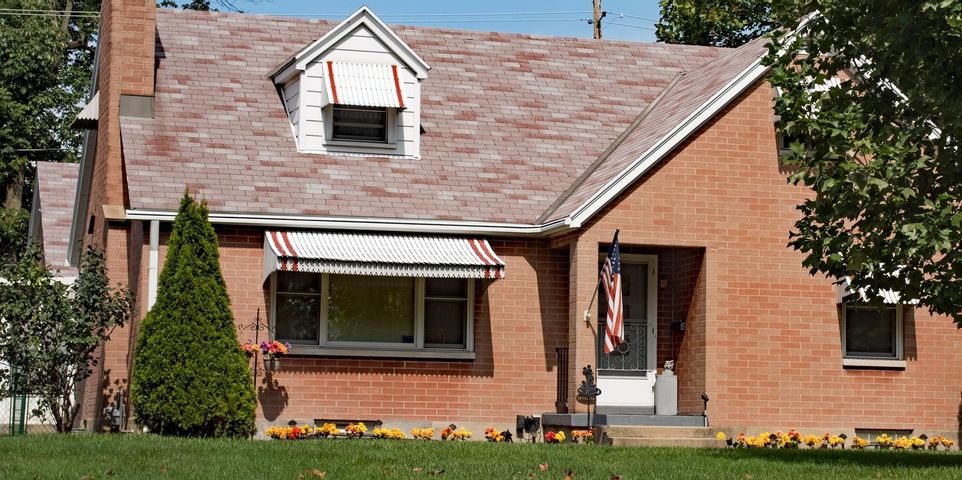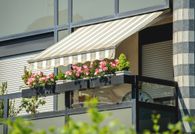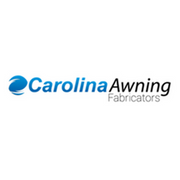How to Decide Between Aluminum & Fabric Awnings for Your Home

Adding awnings to your home does more than increase its curb appeal. These extensions can also improve the property’s energy efficiency by reducing heat gain by 65% to 77%. However, as you'll quickly discover, there are several types of materials to choose from. This guide highlights the differences between aluminum and fabric to help you make a more informed choice.
Aluminum
Homeowners have installed aluminum awnings for decades primarily because of their high-durability and low-maintenance qualities. The metal is made to withstand extreme weather conditions without bowing, warping, or stretching. There's also no worry about strong winds, snow, or rain tearing the cover or leading to mold and mildew growth. Regular cleaning will primarily consist of a water hose, but mild soap can be added when additional scrubbing is needed.
Although aluminum options do work incredibly well for blocking sunlight, they’re often not installed to be removable. So while they can reduce energy costs during the summer, they can also increase them in winter. However, with some forethought and strategic planning, they can be installed at an angle that won't block low-light winter beams from entering the house.
As far as styling, aluminum extensions come in a range of colors, shapes, and sizes. Additionally, if you change the look of your home at a later date, they can easily be painted to avoid having to replace them.
Fabric
 For a long time, cotton-blend canvas was the go-to awning-cover material. Today, there are several other fabric options that are made to be more durable and flexible while offering more style options.
For a long time, cotton-blend canvas was the go-to awning-cover material. Today, there are several other fabric options that are made to be more durable and flexible while offering more style options.
Acrylic is popular for humid regions, as it tends to repel water and limit mildew growth. It's also excellent at resisting ultraviolet (UV) light damage. However, this material does tend to shrink in the winter and expand in the summer.
Laminated vinyl is durable and often the ideal choice for medium to large choices. For extra protection, coated vinyl is a viable option. It's probably the strongest fabric option and is also stain-resistant. However, it’s not immune to mildew growth, especially when placed on top of a canvas base. Vinyl materials offer very little flexibility, which makes them a poor choice for windy regions where they could be torn.
Fabric installations tend to be easier to install than their aluminum counterparts. The covers can also be easily removed in winter to increase natural light and heat absorption. To increase the material's life span, it's also recommended to remove the fabric before strong storms strike.
Once you've decided on the best material, contact the team at Carolina Awning Fabricators LLC based in Seagrove, NC. For 19 years, this family-owned company has created custom awnings and canopies for homes and business throughout the Piedmont area. Their experienced staff specializes in retractable and hurricane-protective products, metal and aluminum canopies, and boat covers. Call them today at (336) 873-7065 for a free estimate and visit their website to learn more about their product line.
About the Business
Have a question? Ask the experts!
Send your question

